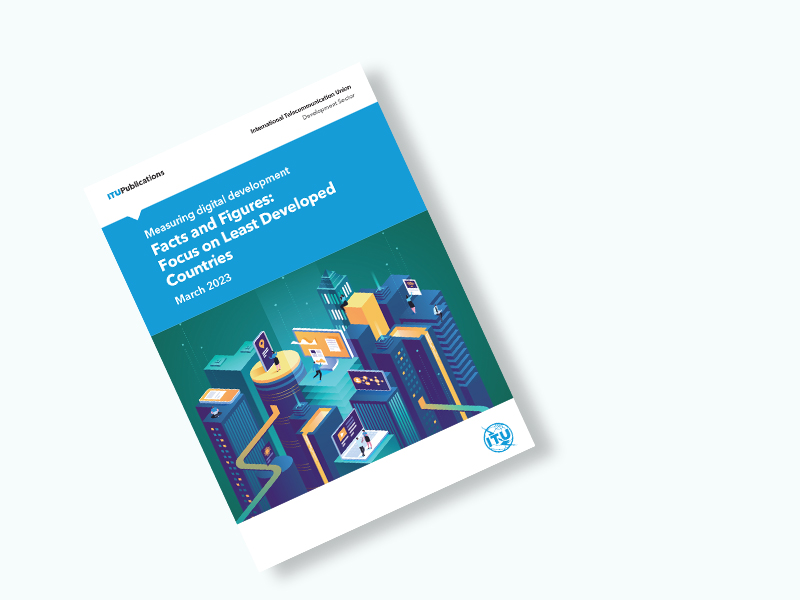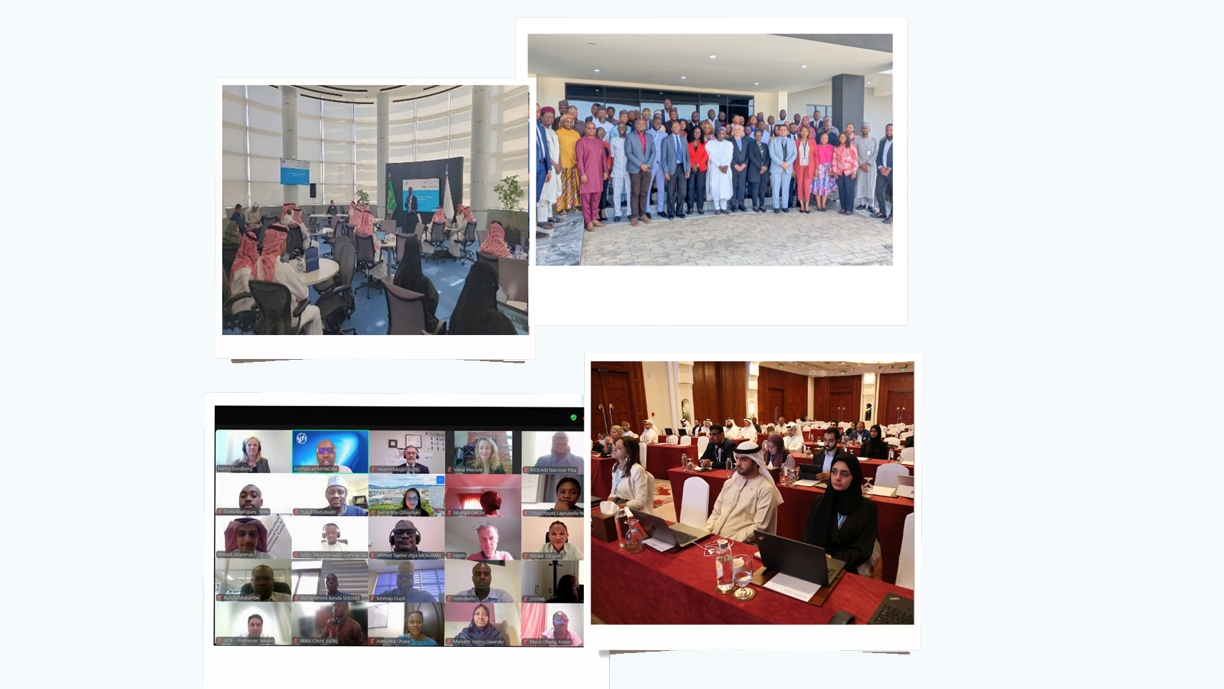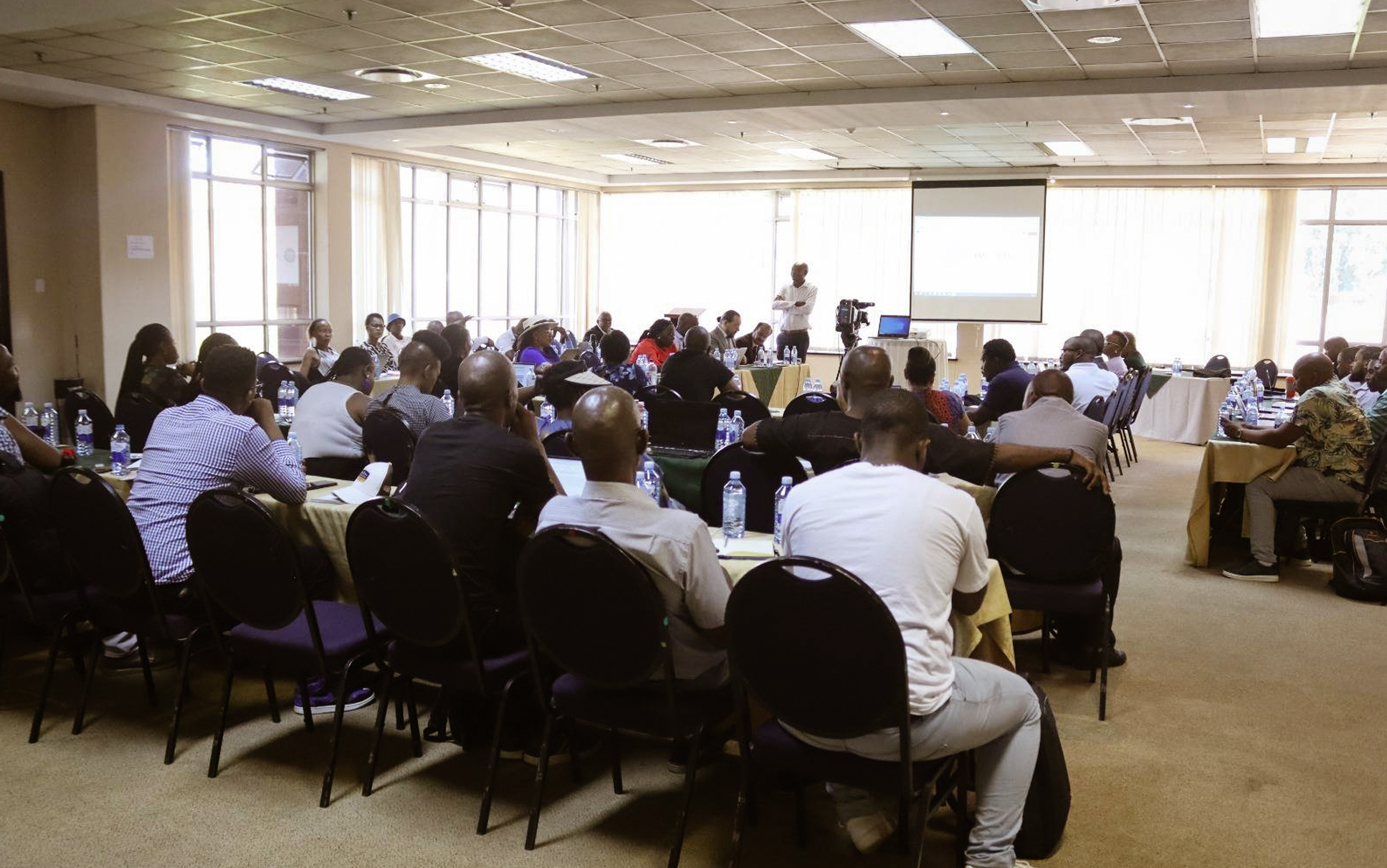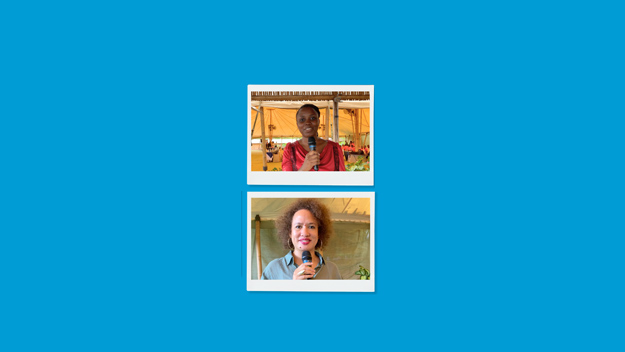Fifth United Nations Conference on the Least Developed Countries (LDC5)
The Fifth United Nations Conference on the Least Developed Countries (LDC5) took place from 5-9 March 2023 in Doha, Qatar. The official report is now available for download in all UN official languages.










